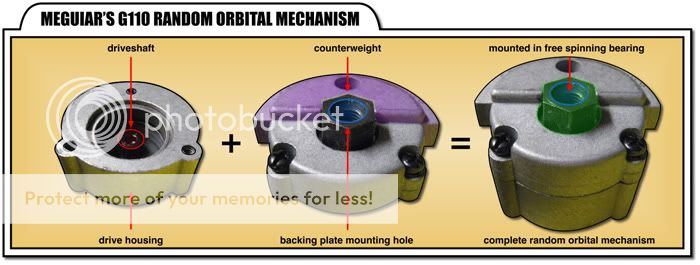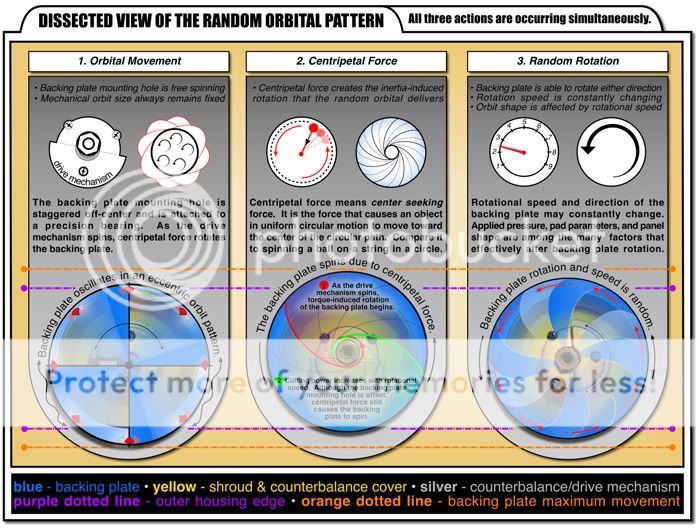Re: Is the Dual-Action Polisher Safe?
I'm not condoning making sure information is accurate, i just think there's a more polite way to point out a mistake. You dont want someone to correct you in middle of a class you are teaching where everyone can hear how your wrong. Private Message someone to correct/educate them and then let them clarify thier message. Even though no one meant it in a rude way it came across that way to some readers and probably junkman though he probably doesnt care enough to bring it up.
I'm not condoning making sure information is accurate, i just think there's a more polite way to point out a mistake. You dont want someone to correct you in middle of a class you are teaching where everyone can hear how your wrong. Private Message someone to correct/educate them and then let them clarify thier message. Even though no one meant it in a rude way it came across that way to some readers and probably junkman though he probably doesnt care enough to bring it up.








 These dudes tend to stay up late perusing the forums, researching threads & posts, and scouring the various detailing websites. They are on the hunt for the perfect polish, wax, machine, or method. They e-mail other guys, send PM's, and watch videos to “get the edge”.
These dudes tend to stay up late perusing the forums, researching threads & posts, and scouring the various detailing websites. They are on the hunt for the perfect polish, wax, machine, or method. They e-mail other guys, send PM's, and watch videos to “get the edge”.















Comment